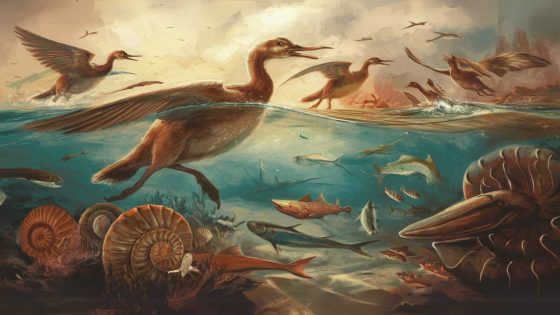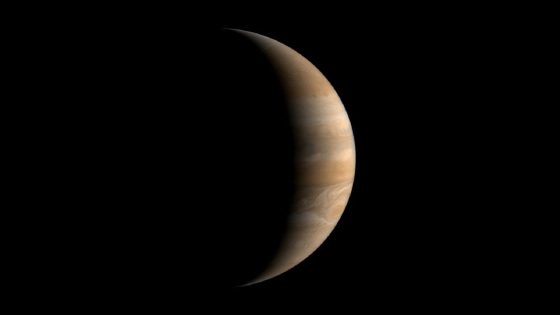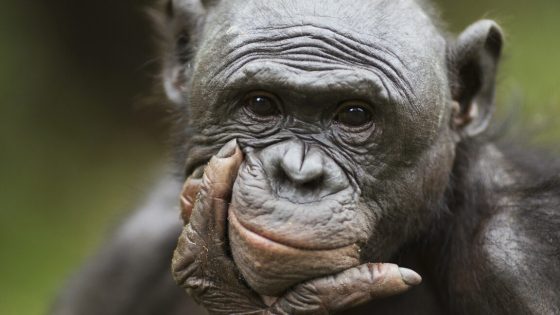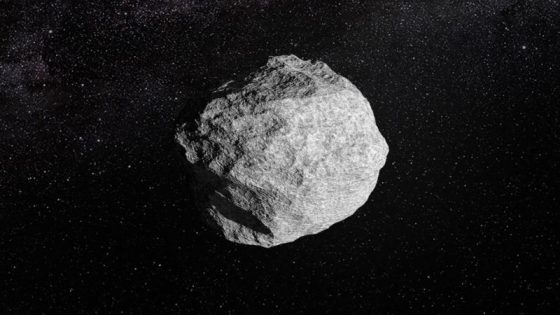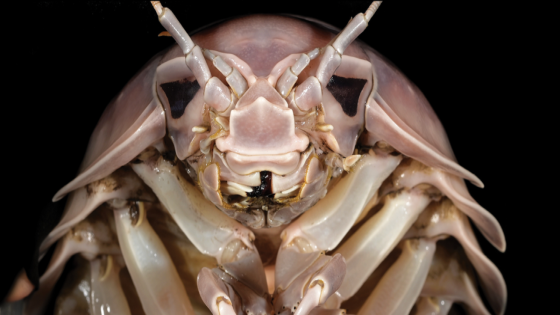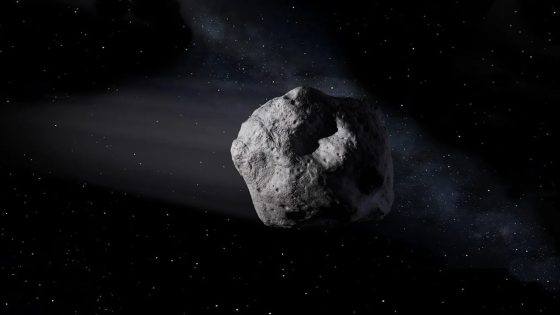A remarkable 69-million-year-old fossil found in Antarctica is reshaping our understanding of the origins of modern birds. This discovery not only highlights the evolutionary journey of avian species but also suggests that some birds thrived long before the dinosaurs went extinct. What secrets does this ancient find hold for US today?
- 69-million-year-old fossil challenges bird evolution theories.
- Vegavis iaai is a true ancestor of waterfowl.
- Antarctica was a lush habitat during Cretaceous.
- Vegavis had advanced brain structure for survival.
- Discovery raises questions about modern bird origins.
- Vegavis may have survived the mass extinction.
How a 69-Million-Year-Old Fossil is Changing Bird Evolution Understanding
What if the story of modern birds started much earlier than we thought? The fossil of Vegavis iaai, discovered in Antarctica, reveals that ancestors of today’s waterfowl were already thriving before the mass extinction event that wiped out the dinosaurs. This groundbreaking find opens new avenues for understanding avian evolution.
Unveiling the Secrets of Cretaceous Antarctica and Its Avian Residents
The fossilized remains of Vegavis iaai provide insight into a lush, temperate Antarctica, vastly different from the icy landscape we know today. This ancient environment supported diverse marine life and allowed early birds to thrive. The implications of this discovery are profound, as it suggests that Antarctica may have been a sanctuary for avian species during the catastrophic events that followed the asteroid impact.
- Vegavis iaai had features similar to modern ducks and geese.
- The fossil’s skull structure reveals advanced traits not seen in many prehistoric birds.
- Antarctica’s environment was rich in vegetation and marine life.
- Some birds may have survived the mass extinction by finding refuge in Antarctica.
What Makes Vegavis a Key Player in Bird Evolution?
Vegavis iaai is not just another prehistoric bird; it represents a crucial link in the evolutionary chain. Its unique skull structure and advanced brain suggest that it possessed traits similar to modern birds. This challenges previous notions that modern birds evolved only after the dinosaurs’ extinction. Could Vegavis be a direct ancestor of today’s waterfowl?
- Vegavis had a toothless beak, unlike many of its contemporaries.
- The bird’s brain structure indicates it was well-adapted for survival.
- Its discovery fills gaps in the evolutionary timeline of birds.
- Vegavis’ lineage may have had advantages that allowed it to outlive other species.
What Other Discoveries Could Change Our Understanding of Bird History?
As scientists continue to explore Cretaceous fossils in Antarctica, they may uncover more secrets about how modern birds evolved. The presence of Vegavis suggests that other bird families might have similar prehistoric origins, prompting questions about the survival strategies of avian species during catastrophic events.
In conclusion, the discovery of Vegavis iaai not only enriches our understanding of bird evolution but also highlights the resilience of life in the face of extinction. As researchers delve deeper into Antarctica’s fossil-rich landscape, we may soon learn more about how today’s birds emerged from a world once dominated by dinosaurs.



